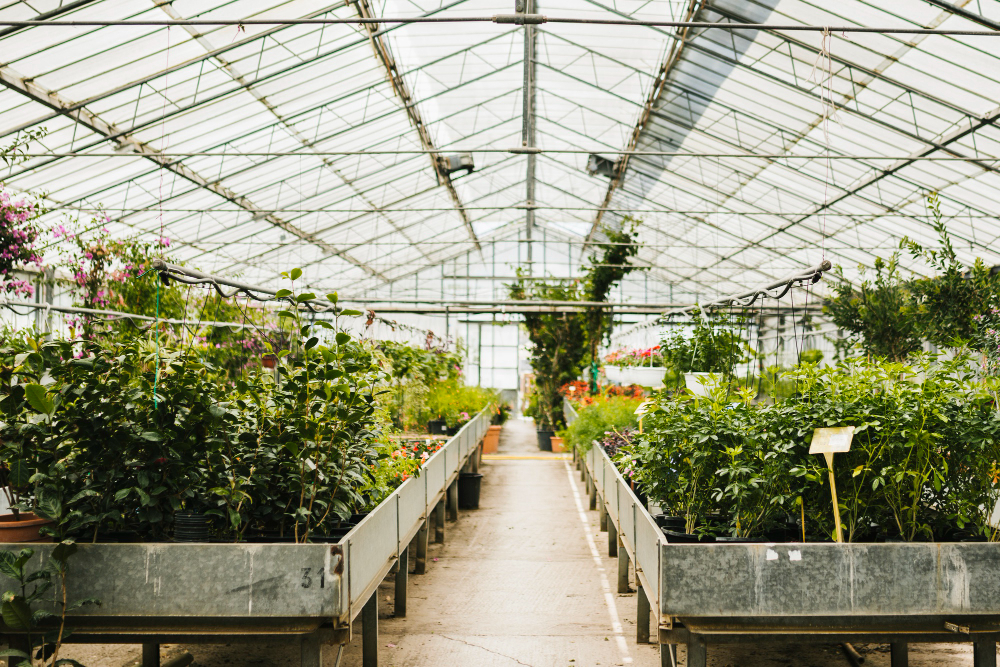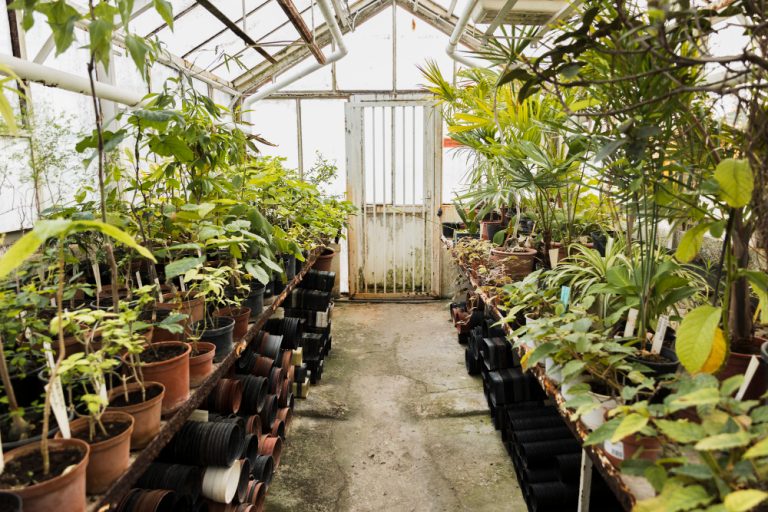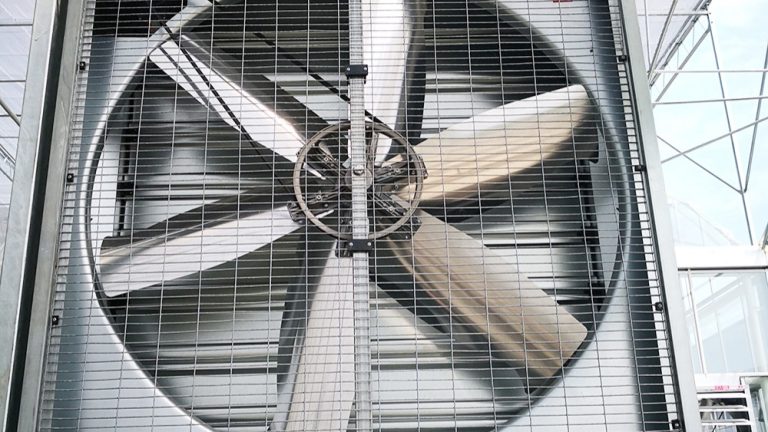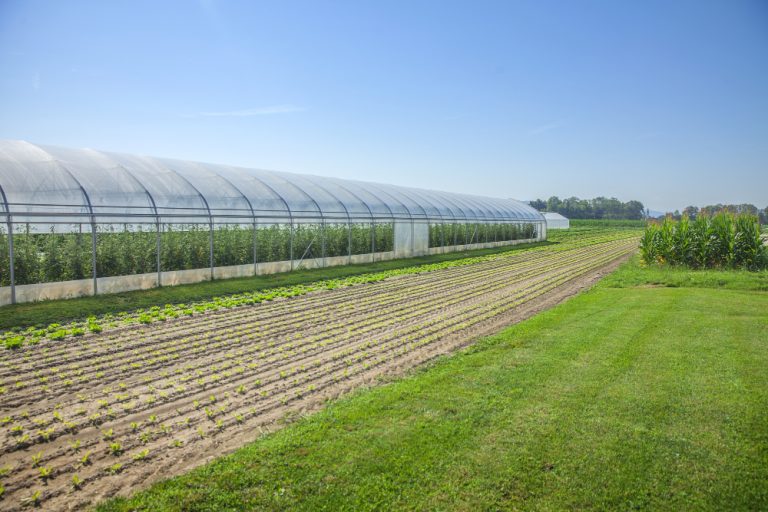
Greenhouses provide an ideal controlled environment for cultivating plants,offering protection from external weather conditions and enabling year-round production.However,this enclosed space can also create a haven for mold growth due to high humidity,poor air circulation,and fluctuating temperatures.Mold,often caused by fungal pathogens like Botrytis cinerea or powdery mildew,can devastate crops by inhibiting photosynthesis,causing tissue damage,and leading to significant economic losses for growers.According to horticultural experts,preventing mold is far more effective and cost-efficient than treating it after infestation.This article outlines proven strategies to mitigate mold risks,drawing from agricultural best practices and scientific insights.By implementing these measures,greenhouse operators can maintain optimal conditions for plant health while minimizing the need for chemical interventions.
Understanding the Causes of Mold in Greenhouses
Before delving into prevention techniques,it’s essential to understand the environmental factors that promote mold proliferation.Mold spores are ubiquitous in the air and soil,but they require specific conditions to germinate and spread:moisture,warmth(typically between 60-80°F or 15-27°C),and stagnant air.High relative humidity(above 85-90%)is the primary culprit,often exacerbated by overwatering,condensation on surfaces,or inadequate ventilation.Poor sanitation,such as accumulated plant debris,further harbors spores.Recognizing these triggers allows for targeted interventions,transforming potential vulnerabilities into strengths for sustainable greenhouse management.
Key Prevention Strategies
Enhancing Ventilation and Air Circulation
One of the most critical steps in mold prevention is ensuring robust air movement within the greenhouse.Stagnant air pockets allow moisture to accumulate on plant surfaces,creating ideal conditions for fungal growth.Install exhaust fans,ridge vents,or sidewall vents to facilitate passive or active airflow.For larger operations,consider automated systems that activate based on humidity sensors.Horizontal airflow fans(HAF)can be particularly effective in distributing air evenly across benches and plant canopies.Aim for an air exchange rate of at least one volume per minute during peak humidity periods.In cooler climates,combining ventilation with heating prevents cold spots that lead to condensation.Regular maintenance of vents and fans is crucial to avoid blockages from dust or debris.
Managing Humidity Levels
Controlling relative humidity(RH)is paramount,as levels exceeding 90%dramatically increase mold risk.Use hygrometers to monitor RH continuously,ideally placing multiple sensors at different heights and locations.Dehumidifiers,such as desiccant or refrigerant models,can extract excess moisture,especially in sealed greenhouses during rainy seasons.Natural methods include timing ventilation to coincide with drier external air or using evaporative cooling pads judiciously.Avoid misting systems unless necessary,and ensure they don’t contribute to prolonged leaf wetness.For advanced setups,integrate humidity control with environmental controllers that adjust based on real-time data.
Optimizing Watering Practices
Water management directly influences mold development,as wet foliage is a prime breeding ground for spores.Water plants early in the morning to allow surfaces to dry under sunlight,reducing the duration of leaf wetness to under 4-6 hours.Employ drip irrigation or ebb-and-flow systems to deliver water directly to roots,minimizing splash and overhead wetting.Soil moisture meters can prevent overwatering—maintain soil at field capacity without saturation.In hydroponic systems,ensure recirculating water is oxygenated and free of pathogens through UV sterilization or biofiltration.During high-humidity days,reduce watering frequency and volume to match plant transpiration rates.
Proper Plant Spacing and Pruning
Overcrowded plants trap humid air and restrict light penetration,fostering mold hotspots.Space plants according to species requirements,allowing at least 12-18 inches between specimens for air to circulate freely.Regular pruning removes dense foliage,improving airflow and light exposure while eliminating potential infection sites.Use sterilized tools to avoid cross-contamination.Vertical training or trellising can further enhance spacing efficiency in limited areas.For ground covers or mulches,opt for materials like gravel or landscape fabric that promote drainage rather than retain moisture.
Maintaining Sanitation and Hygiene
A clean greenhouse is a mold-resistant one.Routinely remove fallen leaves,spent flowers,and decaying matter,as these serve as reservoirs for fungal spores.Disinfect benches,pots,and tools with eco-friendly solutions such as a 10%hydrogen peroxide mixture,white vinegar,or baking soda paste.Quarantine new plants for 1-2 weeks to check for signs of mold before integration.Implement a footbath or shoe-cover policy for workers to prevent tracking in contaminants.At the end of each growing cycle,perform a deep clean,including power-washing surfaces and sterilizing soil or substrates if reusable.
Regulating Temperature and Lighting
Stable temperatures deter mold by reducing condensation and promoting rapid drying.Maintain daytime temperatures around 70-75°F(21-24°C)and nighttime lows above 55°F(13°C)to avoid dew formation.Supplemental lighting,such as LED grow lights,extends photoperiods and increases UV exposure,which naturally suppresses fungal activity.Ensure even light distribution to prevent shaded,humid microclimates.In regions with intense sunlight,use shading cloths to moderate heat without compromising ventilation.
Selecting Resistant Varieties and Using Preventive Treatments
Choose plant cultivars bred for mold resistance,such as those with enhanced genetic traits against common fungi.As a preventive measure,apply organic fungicides like neem oil,sulfur-based products,or biological agents(e.g.,Bacillus subtilis)only when risks are high,following label instructions to avoid resistance buildup.Integrated Pest Management(IPM)approaches combine these with monitoring tools like spore traps for early detection.
Monitoring and Troubleshooting
Regular inspections are vital.Use magnifying lenses or apps to spot early mold signs like white powdery residues or gray fuzz.If mold appears despite preventive efforts,identify root causes such as leaks in the structure or poor drainage.Adjust strategies seasonally—winter may require more heating,while summer focuses on cooling and dehumidification.Record-keeping of environmental data helps predict and prevent future outbreaks.
Conclusion
Preventing mold in greenhouses demands a holistic approach that balances environmental control,cultural practices,and vigilance.By prioritizing ventilation,humidity management,and sanitation,growers can foster resilient ecosystems that support thriving plants.These strategies not only reduce mold incidence but also enhance overall productivity and sustainability.For persistent issues,consult local agricultural extensions or specialists for tailored advice.With consistent implementation,a mold-free greenhouse is achievable,ensuring long-term success in horticulture.




